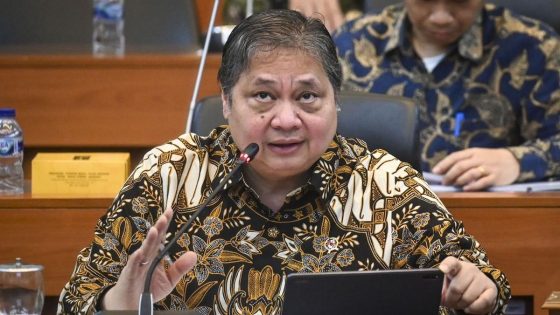On February 19, 2025, Airlangga Hartarto, Indonesia‘s Coordinating Minister for Economic Affairs, addressed public criticism regarding the size of the Red and White Cabinet. With 48 ministries, he emphasized that this structure enables focused implementation of priority programs. But is a larger cabinet truly more effective?
- Airlangga Hartarto defends 'fat' cabinet criticism.
- Cabinet consists of 48 ministries/agencies.
- Focus on priority programs for better coordination.
- Indonesia's size compared to the European Union.
- Luhut Pandjaitan addresses job market concerns.
- Acknowledges global issues, including in the US.
The Impact of Indonesia’s Large Cabinet on Economic Focus
Is a bigger cabinet better for Indonesia’s economy? Airlangga Hartarto believes so. He argues that the expansive structure allows for better coordination across the vast archipelago, which is comparable in size to the European Union. This raises questions about efficiency and effectiveness in governance.
Challenges and Benefits of a Large Government Structure in Indonesia
Indonesia’s cabinet size has sparked debate. While some criticize it as bloated, others see it as a necessary response to the country’s diverse needs. The government aims to ensure that each ministry can address specific regional challenges effectively.
Key Benefits of Indonesia’s Cabinet Structure
Airlangga highlighted several advantages of having a larger cabinet:
- Enhanced focus on priority programs.
- Better coordination across diverse regions.
- Ability to address specific local challenges.
- Comparison to the EU shows relative efficiency.
Criticism and Public Perception of the Cabinet Size
Despite the benefits, public sentiment is mixed. Critics argue that a large cabinet can lead to inefficiencies and overlapping responsibilities. How can the government balance size with effectiveness?
Comparative Analysis: Indonesia vs. the united states
When comparing Indonesia’s cabinet to the U.S. government structure, it’s clear that each has its unique challenges. The U.S. has fewer departments, but does that mean greater efficiency? Understanding these differences can provide insights into effective governance worldwide.
































